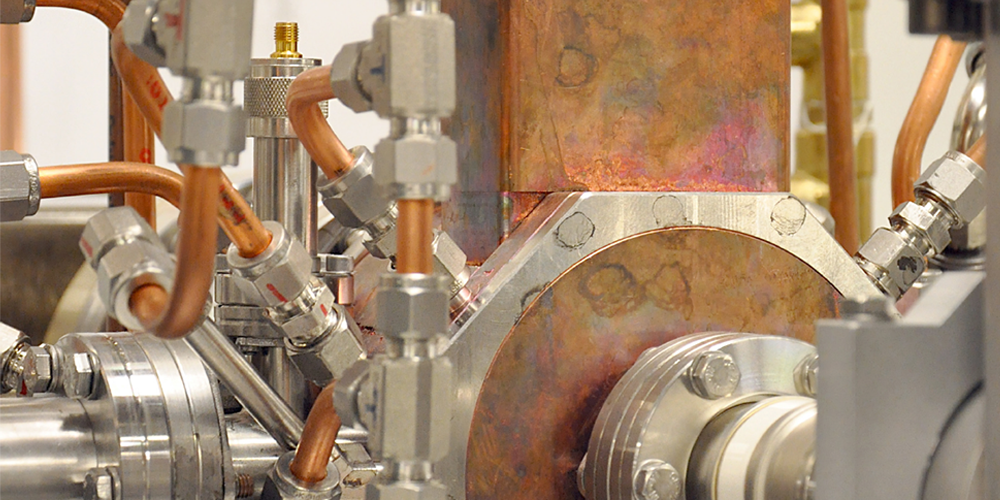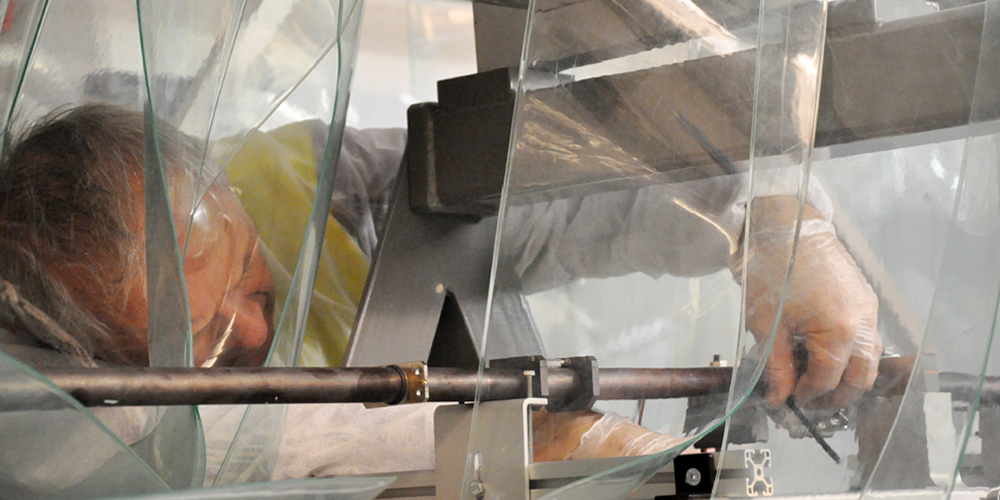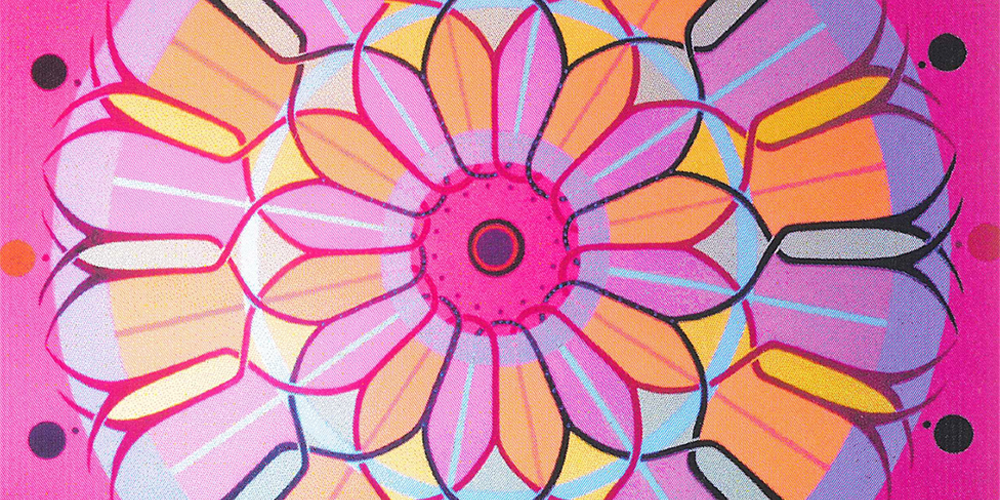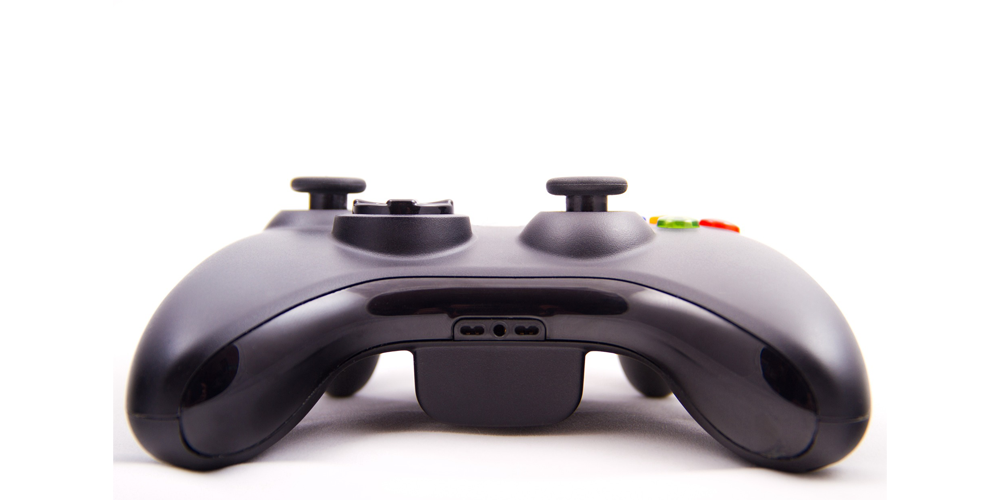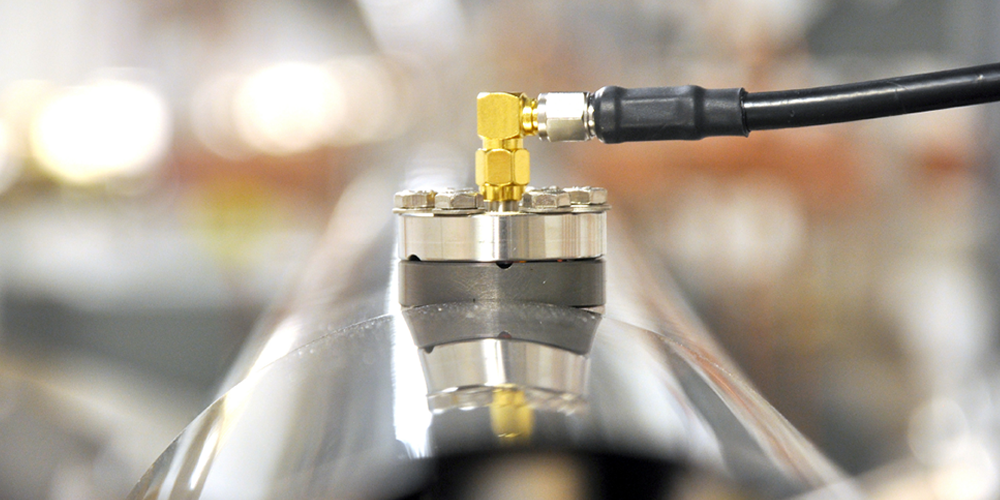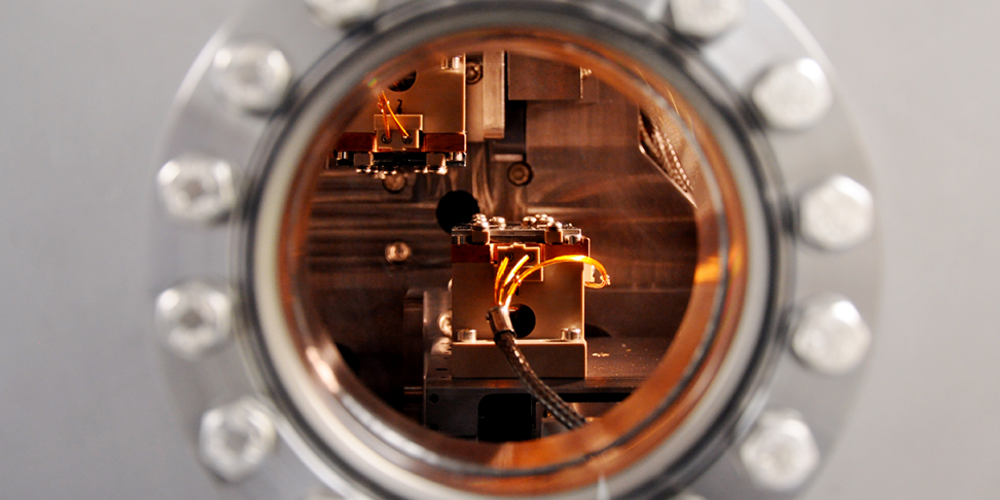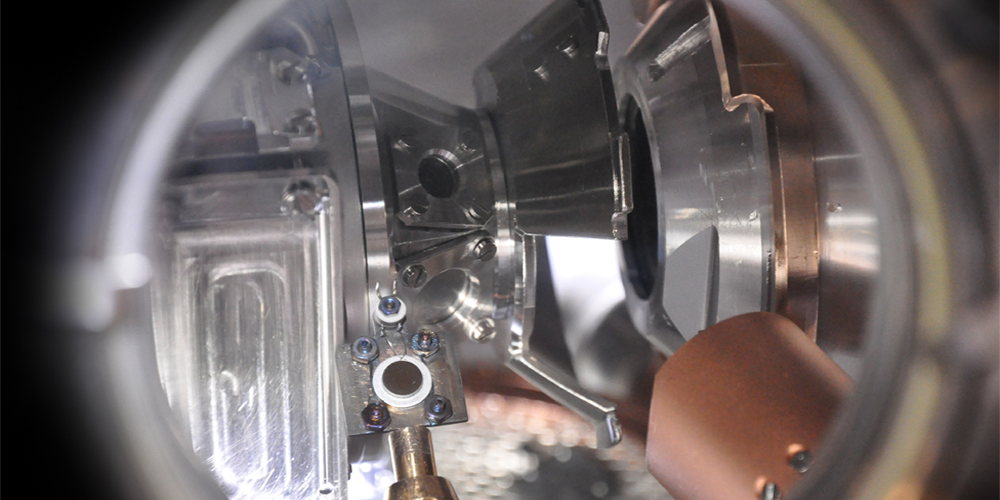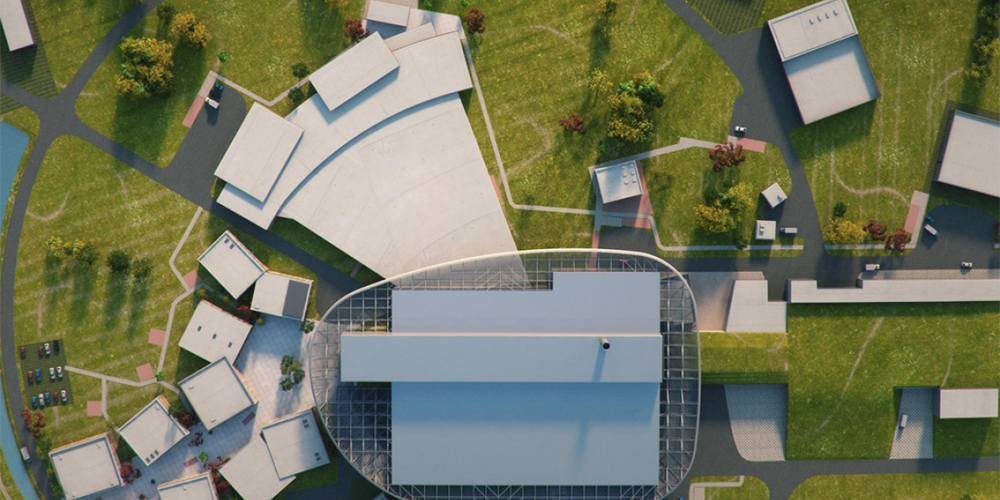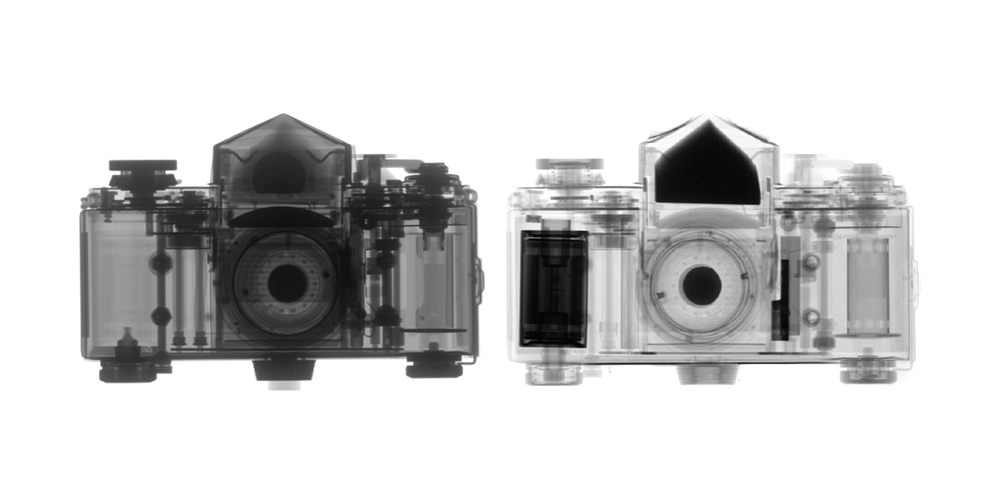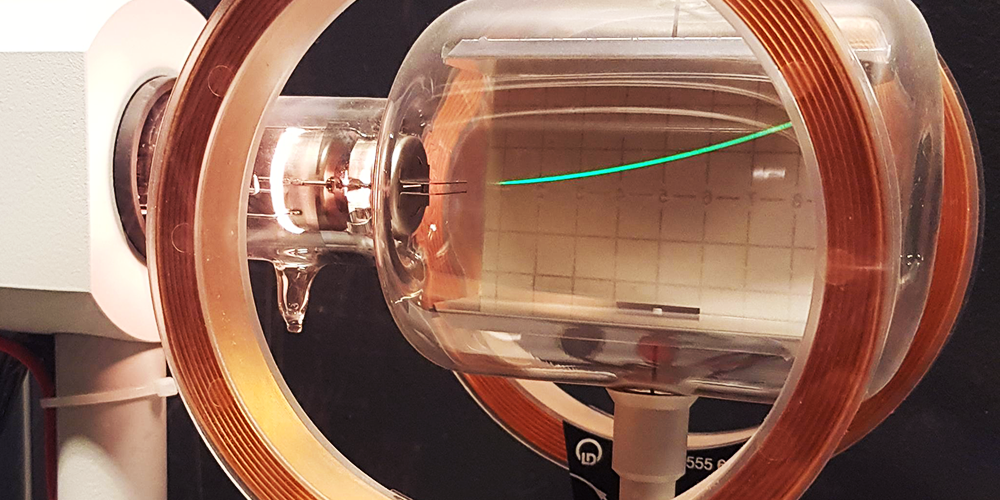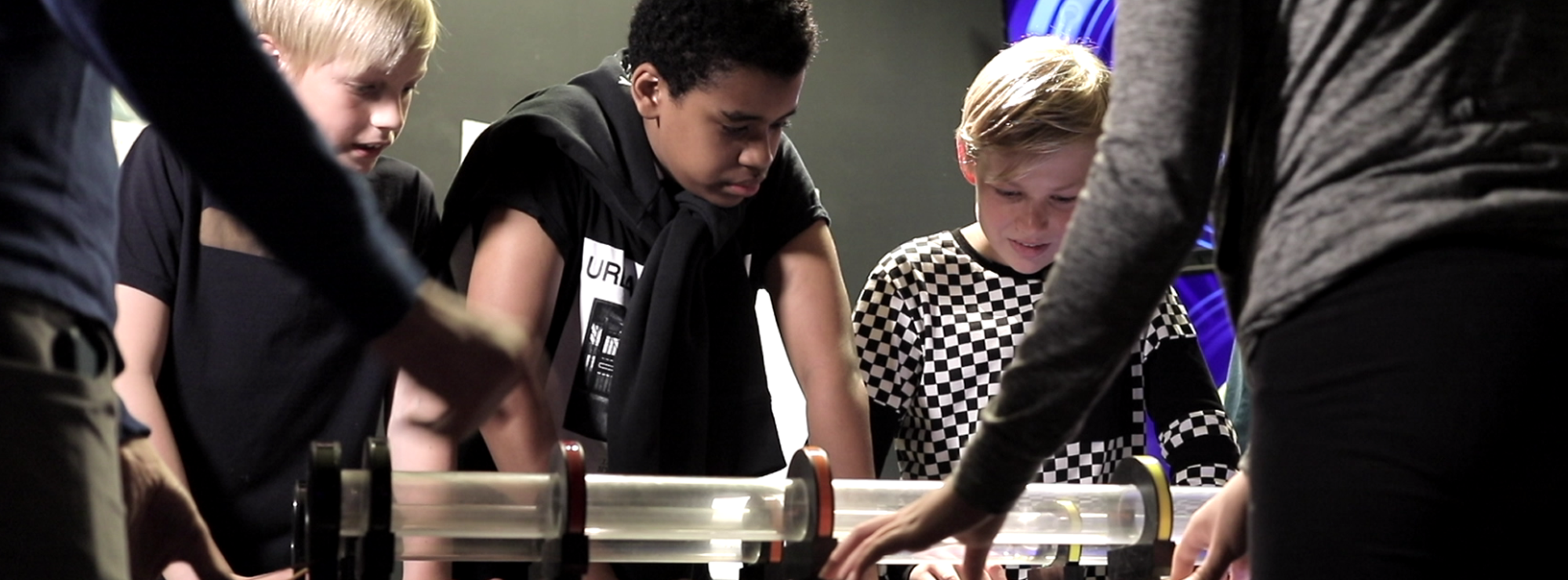
Shoot Protons and Tickle Electron
In this exhibition ping pong balls , iron balls and golf balls represents the electrons, protons and neutrons. Through these interactive experiments , we want you to get a feel for and insight into the research conducted by (and will be performed) by the world's largest materials research facilities. So go ahead and drum loose electrons in the cannon , compete for the best time in the linear accelerator , shoot protons in spallation experiment or tickle electrons in the storage ring!
Broschure: Shoot protons & tickle electrons - an interactive exhibition about ESS & MAX IV (pdf 3.73 MB, new tab).
An interactive exhibition on ESS and MAX IV was inaugurated at Vattenhallen Science Centre in Lund on December 13th, 2012. On a 100 square meter area has been built interactive experimental stations where ping pong balls, iron balls and golf balls represent electrons, protons and neutrons. Visitors can drum loose electrons in the cannon, compete for the best time in the linear accelerator, pushing protons in the spallation experiment and tickle electrons in the storage ring. The exhibition is built to demonstrate and provide visitors with an understanding of the similarities and differences between the two facilities ESS and MAX IV.
Open the article as a pdf with plain text (pdf 127 kB, new tab).
Two new world-class research facilities are built on the outskirt of Lund. MAX IV was completed and inaugurated in 2016, ESS ready to use 2023.
Researchers from all over the world will be using these facilities, which can be compared to two large toolboxes for material research, ESS will produce neutrons and MAX IV synchrotron light. The research is expected to produce completely new results within environment, bio- technology, medicine, chemistry, geology, archaeology, electronics and physics.
Two complementary facilities
At ESS neutrons are used and at MAX IV light is used. With light and neutrons one can examine different things. The neutrons are uncharged particles and penetrate deep into the material being examined. Researchers can measure the positions of the atomic nuclei in the material under examination, and how they move. Light is used to study the electrons found around the atomic nucleus. If you know where the electrons are and how they behave, you can find out where the atoms are and how they interact with other atoms. This can explain how they build molecules and crystals. 3
ESS is a European research infrastructure, which is being planned and built by many countries together. At a research minister’s meeting in Brussels in May 2009, it was decided that ESS should be built in Lund in Sweden. At ESS neutrons are used to bombard researcher’s samples. One gets the neutrons by what is known as spallation, which means that protons accelerate into the atom, which becomes unstable and releases the neutrons.
MAX IV is the world's brightest synchrotron light system and the research facility in Lund was opened in June 2016. Guest researchers from all over the world come to use the light from MAX IV. The light is produced by accelerating electrons and then letting them swing back and forth, as they pass a series of magnets.
To examine materials
Everything that surrounds us is material for example the concrete in houses, the metal in the railway tracks, the chocolate in sweets, the semi-conductors in the computer memory, the protein in the body, the molecules in medicine, the surface of the solar cell, dinosaur fossils in stone. By examining material, we can understand the world around us a little more and using this knowledge, we can try to solve some of what are known as the Global Challenges facing us in areas such as health, environment and energy. These concern such different things as antibiotic-resistant bacteria, environmentally dangerous waste or artificial photosynthesis.
At the same time basic research is also being conducted within many different research fields. Basic research is driven by man’s curiosity and is continuously making surprising new discoveries. These discoveries can give rise to new ideas and possibilities. The Organisation for Economic Co-operation and Development (OECD) has defined basic research like this “Basic research is about the systematic and methodical search for new knowledge and new ideas without a specific application in mind.”
Publication in Physics Education, Volume 49, Number 2
Authors: Stanley Micklavzina, Monica Almqvist and Stacey L Sörensen
Published: 2014
Download the article as a pdf (pdf 127 kB, new tab).
The exhibition was built by the designer Charlott Karlsson, engineer Lars Hedenstjerna and director Monica Almqvist, in dialogue with educators and experts from ESS, MAX IV and the Universities of Lund and Copenhagen. The exhibition was financed by Region Skåne, the Øresund Materials Innovation Community, ESS and MAX IV.

